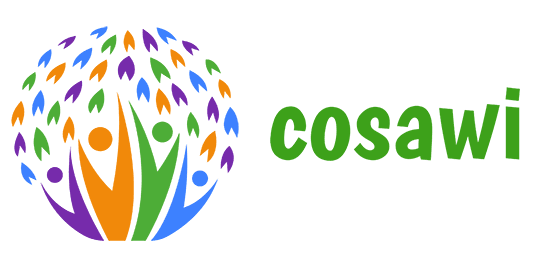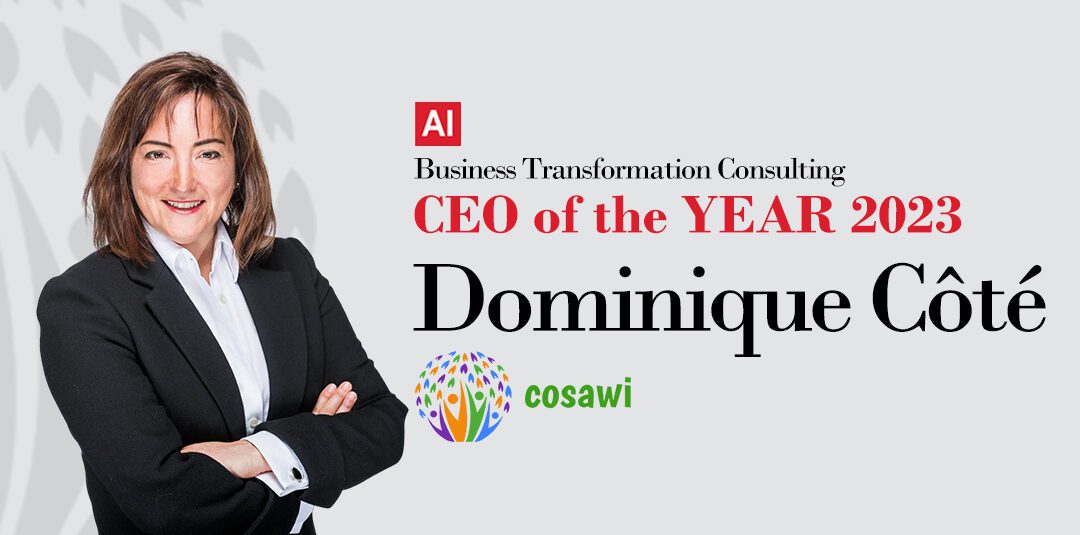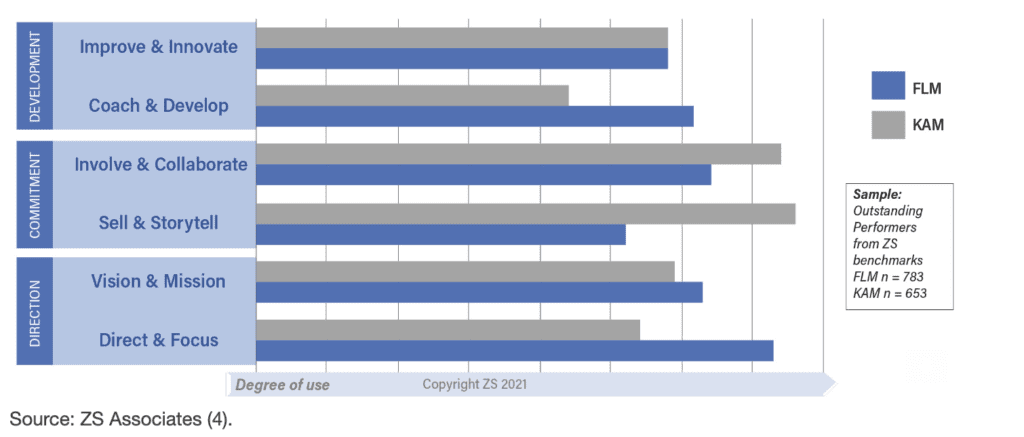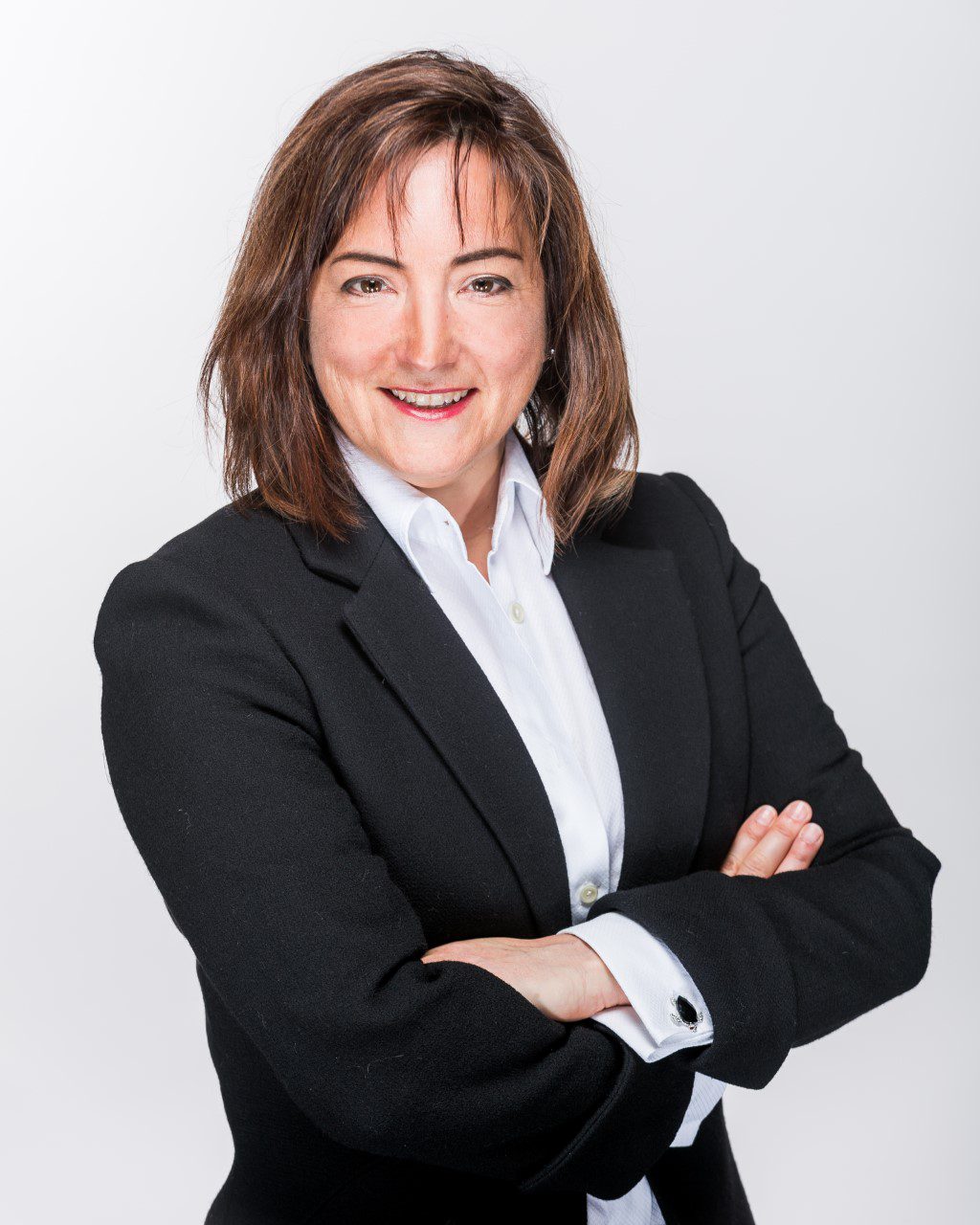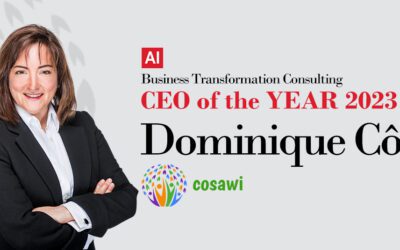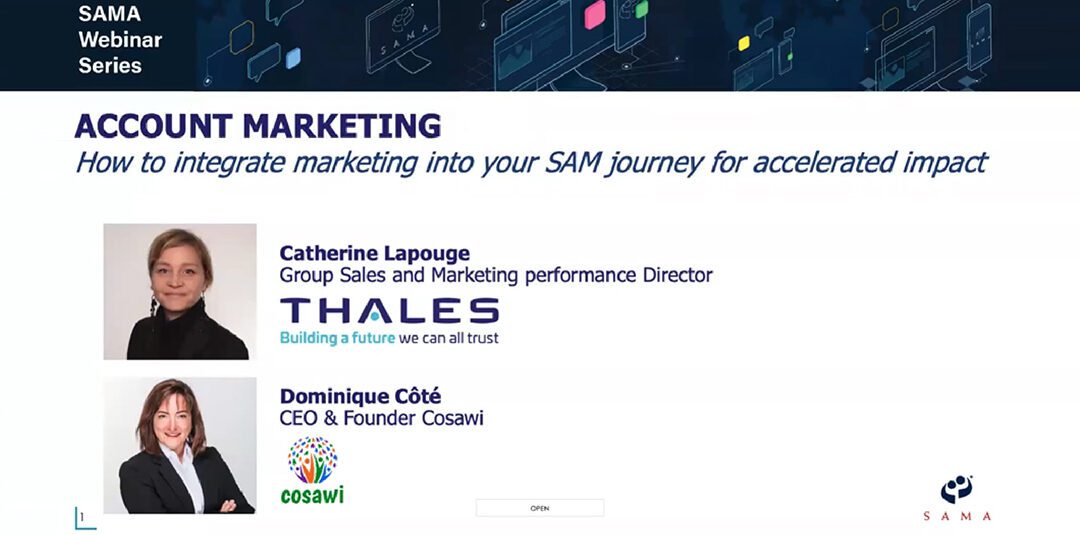By Dominique Côté CEO & Founder Cosawi Catherine Lapouge & Marine Bray-Bouineau Group Marketing and Sales Performance team Thales Pierre Schaeffer Chief Marketing Officer ThalesIn the work we do, we find fascinating to see that Marketing as a function is often missing...

The Power of Account-Based Marketing: A Thales Case Study
CEO & Founder
Cosawi
Catherine Lapouge & Marine Bray-Bouineau
Group Marketing and Sales
Performance team
Thales
Pierre Schaeffer
Chief Marketing Officer
Thales
In the ever-evolving landscape of marketing strategies, one approach has emerged as a powerful way to target and engage high-value accounts effectively – Account-Based Marketing (ABM). ABM has gained prominence for its ability to provide personalized, laser-focused marketing to key accounts. In this article, we delve into the success story of Thales, a complex global organization serving various business segments, as they harnessed the potential of ABM to enhance customer intimacy and relevance during challenging times. Although not a new shift in the marketing role, many organizations still struggle to integrate it and more importantly to leverage it early on..
When Marketing is integrated at the start of the journey, you can see an acceleration of impact as marketing can bring so much when their ways of working traditionally inside out can be turned to an outside in mindset, starting with the customer pain points and most important preoccupations. Account- Based Marketing or Account Marketing, it is not a battle of title but a need to create an integrated team that work together in providing value beyond the product, relevant to the account and customer in an agile and impactful manner.
Marketing is the R&D to sales and Account Marketers can help the strategic account manager develop insights that are impactful and actionable. They do this by digesting all the insight available and by connecting them with what is important to the customer.
They can also bring the product and campaigns in a relevant manner to the account strategy and business fit and are the owners of what we call the closet. They know our organization and are instrumental in creating the value proposition by knowing the organization value enablers and capabilities. It is time to break the silos of roles boundaries and bring Marketing with Sales again together with the objectives of providing the most value to our customer for mutual growth and revenue generation. (see below: Marketing role in the SAM journey)
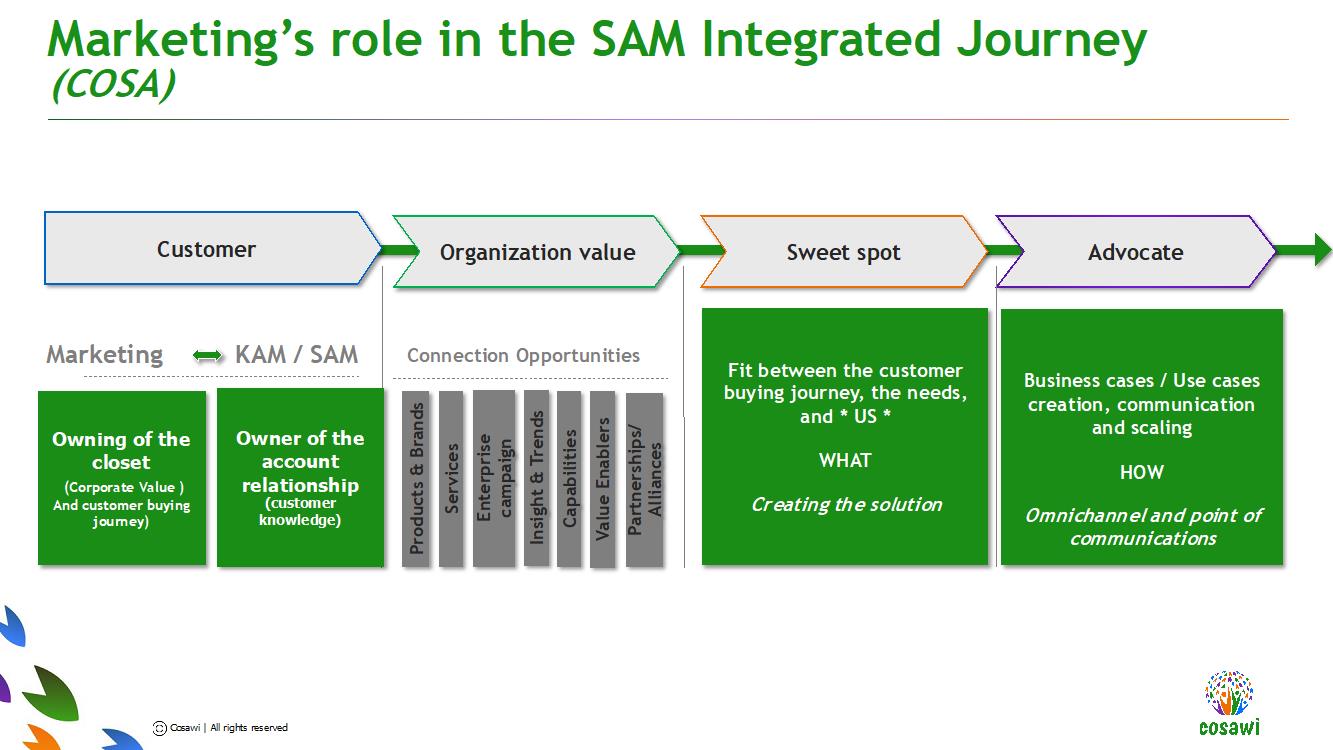
When Thales started their journey, they also established a SAM Center of Excellence as critical success factor in which ABM is a foundational part. The presence of a Center of Excellence (CoE) or program office, strategically positioned at the executive level, often reporting to the CEO or C Level. This CoE plays a pivotal role in driving the transformation, setting the roadmap, defining the methodology, and establishing the vision for the strategic account management journey and roadmap. In the best practice we see, having marketing integrated in this CoE is important. For Thales, the importance of executive-level support was clear, and it served as the cornerstone for their ABM journey.
To ensure the success of ABM, having engaged executives and strong executive sponsorship is paramount. These sponsors not only provide buy-in but also actively participate in the ABM strategy. Thales recognized that this engagement from the top was essential for aligning the organization with the ABM vision.
At Thales, this transformation began with the creation of a distinct role – account marketing. These dedicated professionals work closely with account managers, focusing on customizing marketing strategies and activities for specific accounts.
Thales recognized that the success of their ABM strategy relied heavily on the introduction of account marketing as a specialized function. Account marketing professionals are tasked with tailoring marketing strategies to individual accounts, ensuring that the customer feels genuinely valued and understood.
Account marketing professionals focus on several key aspects:
Insights and Targeting: The first part of their activity involves gaining deep insights into the customer, their industry, and specific challenges. They gather information on trends, competition, and customer priorities. This insight enables Thales to align their offerings with the unique needs of each account.
Value Proposition Customization: Account marketing professionals work on tailoring the value proposition to each account. This goes beyond the global value proposition and extends to the specific solutions and services offered to each customer. The goal is to demonstrate how Thales’s solutions not only meet but exceed the customer’s expectations.
Omnichannel Engagement: Account marketing professionals take the lead in developing the engagement plan for each account. This plan encompasses both digital and physical channels, creating a cohesive and personalized experience for the customer. The omnichannel approach ensures that the customer receives a consistent message across all touchpoints.
The collaboration between account marketing and account managers is a defining feature of Thales’s ABM approach. Account managers are responsible for the account plan, which includes engagement strategies. Account marketing professionals suggest proposals and co-orchestrate the execution of the engagement plan, aligning marketing efforts with the broader account strategy.
A key challenge in ABM is breaking down silos between marketing and account management. Going beyond the perceived sole ownership of the account by the strategic account manager is important. Strategic account management is a team sport and requires a village. The co orchestration of the strategic account plan by this tight collaboration of Marketing and the SAM accelerates and enhances the value offering to the accounts. Breaking this tension and sharing the how to from account teams that are doing this well is a great way to start this way of working.
Instead of being prescriptive, Thales let the account team define their collaboration and elevated the success that they were having in this great partnership of Marketing and SAM.

How to connect Account Marketing to the rest of the Marketing group?
The Role of Segment Marketing:
In addition to account marketing, Thales created a role called Segment Marketing. This function serves as a bridge between products, campaign marketing and the account marketing at the account team table, focusing on specific market segments, such as airports, and presenting Thales’s value proposition tailored to the entire segment. Segment Marketing considers the diverse range of business lines within Thales to generate tailored messages for the market.
Segment marketing professionals play a crucial role in understanding the specific needs and challenges of each market segment. They collaborate closely with product marketing and account marketing to ensure that Thales’s offerings are aligned with the unique requirements of the segment.
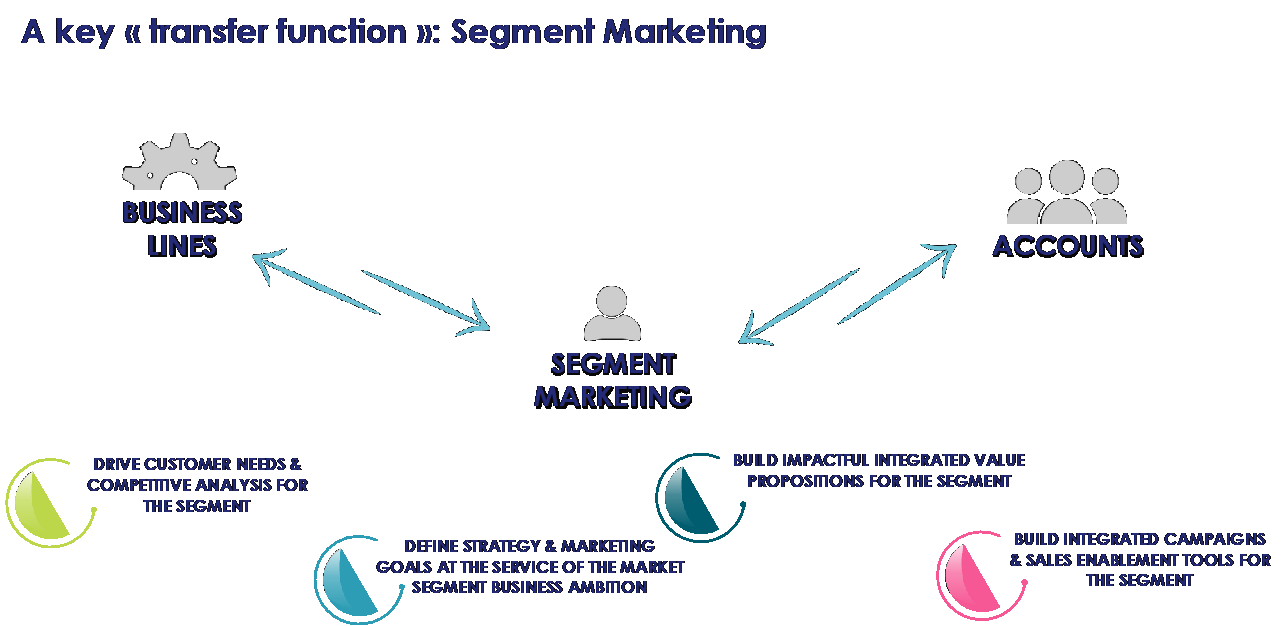
Thales’s Success in ABM:
Thales identified over 100 « focus customers », emphasizing the need for segmentation to target high-value accounts and reduce the number of their strategic account where they have one account marketing role per account. They also implemented an executive sponsor for each strategic account, ensuring close alignment and support.
For the key accounts, they still have an account marketing role at the table, but covering multiple accounts (4 -5 ) part of a same market segment.
The creation of account marketing roles was a game-changer. These professionals worked closely with account managers, customizing value propositions and engagement strategies, ensuring that each customer felt individually catered to.
The key to success in Thales’s ABM journey was collaboration. Account managers and account marketing professionals worked as a team to create and execute the account plans, optimizing the engagement strategy. The close interaction between the two functions led to quick wins and demonstrated the value of ABM.
Value-Based Innovation and Marketing:
Thales adopted a value-based approach to innovation and marketing. They focused on the value they delivered to customers beyond their products, emphasizing innovation, value proposition, pricing, and negotiation. Thales quantified and personalized these value propositions, showing customers the tangible benefits of their solutions. With this rigor, Thales has been able to scale some of their best practices, creating business cases to be used by their account team with customers.
Thales’s experience in quantifying value showed that marketing’s involvement was critical. This collaboration between marketing and account managers was key to successful value quantification and communication.

Conclusion:
Thales’s journey into Account-Based Marketing serves as a testament to the power of a well-executed ABM strategy. By establishing a Center of Excellence, securing executive sponsorship, and integrating account marketing into their approach, they successfully connected with high-value accounts, customized their offerings, and quantified the value they provided. Thales’s experience exemplifies the effectiveness of ABM when implemented as a holistic approach, emphasizing teamwork, innovation, and customer-centricity. This story is a valuable lesson for organizations seeking to transform their marketing strategies and build stronger relationships with their most important clients. The synergy between account marketing and segment marketing exemplifies the holistic approach required for successful ABM. This approach can be a game-changer for organizations looking to enhance customer engagement and drive business growth. It is time to ensure Marketing is at the ignition of our strategic account management journey and at the table from the ignition to foster that customer led and team enabled account planed for mutual growth and revenue generation.
